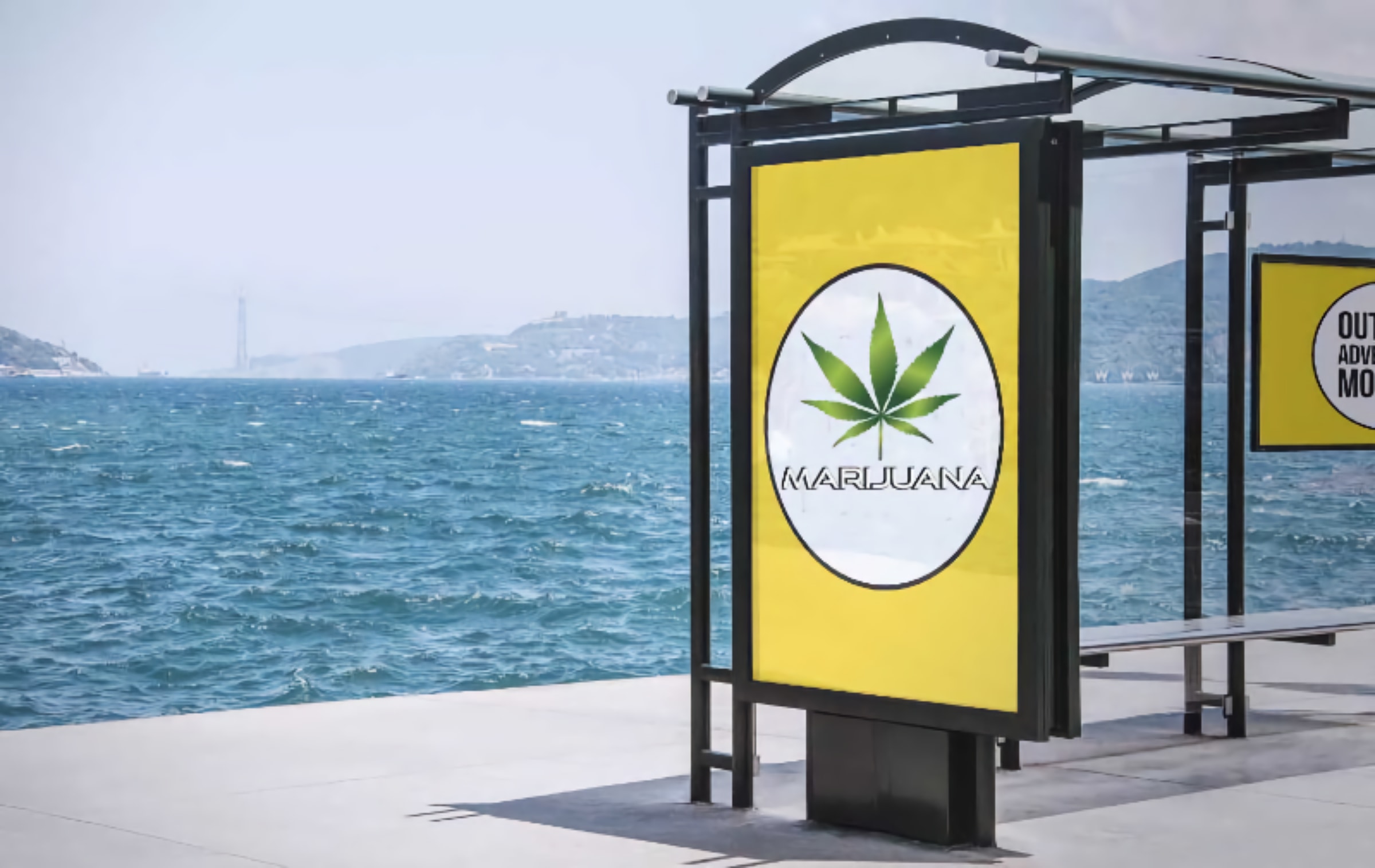It’s no longer much of a surprise to hear that Los Angeles has an exponentially increasing homelessness problem. The past decade has seen a huge rise of people on the streets, and the lack of enforcement over the span of the pandemic has exacerbated the amount of men and women without resources.
The topic has been constantly spoken of from the mayor and many city officials, yet it persists, and they seem a bit unsure of where their words can translate to real action.
Cue Judge Carter, who last Tuesday ordered that Skid Row, a district in downtown LA where most of the cities’ homeless population resides, be cleared and offered housing by October of this year. It’s a daunting, large scale change in the conversation. But is it even possible?
The city seems to think not, as they are planning to appeal his decision (which was just denied by the judge while writing this article).
A story that originally appeared in the LA Times but is also on Yahoo News without the paywall, goes into some specifics.
One of the larger problems pointed out with the order is the amount of time given. Six months is not enough time to find permanent housing for the people residing on the streets of Skid Row, so most will need to placed in shelters. It’s a short term solution that will cause most of the population to end up back on the street.
“Carter also ignores the fact that people cannot be forced into shelter against their will. It can take outreach workers weeks if not months to persuade homeless people to accept a shelter bed; this is a population inured to the hardships of the streets, many suffering from addiction or mental illness, and suspicious of other outreach workers who made promises they didn’t keep.”
Zoning laws have been the biggest hurdle for politicians. Everyone agrees the homelessness issue is a problem, but for real change to occur, sacrifices will have to be made on an individual level, including opening up space in districts for permanent housing to be built. It’s easy to be a proponent from a distance, not so easy when it’s in your back yard.








